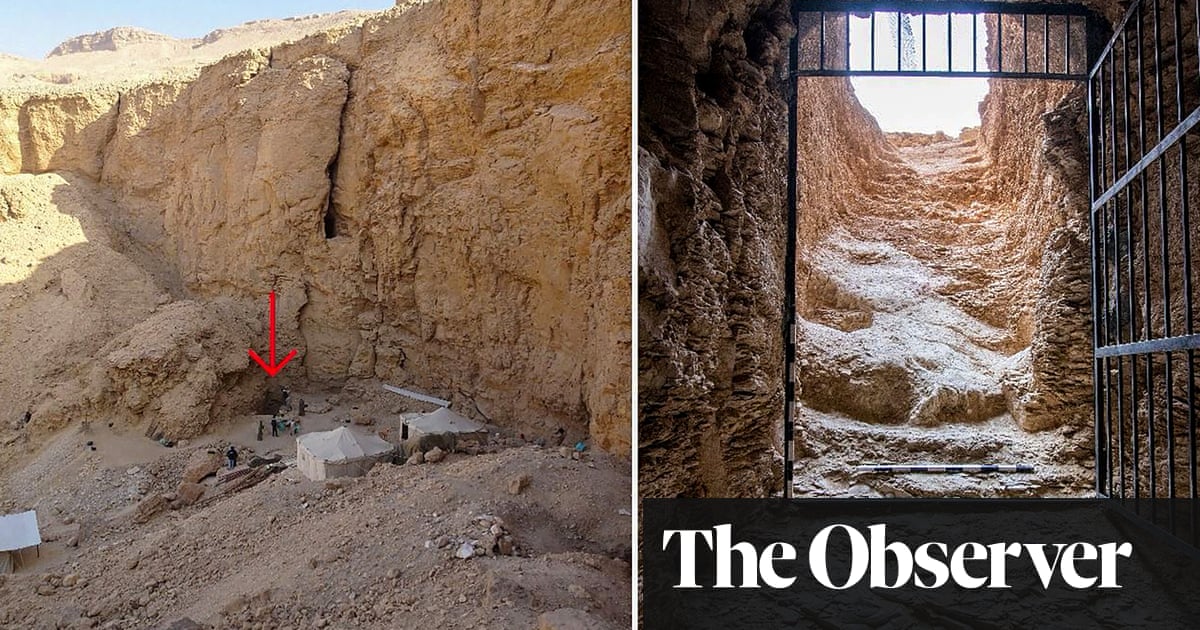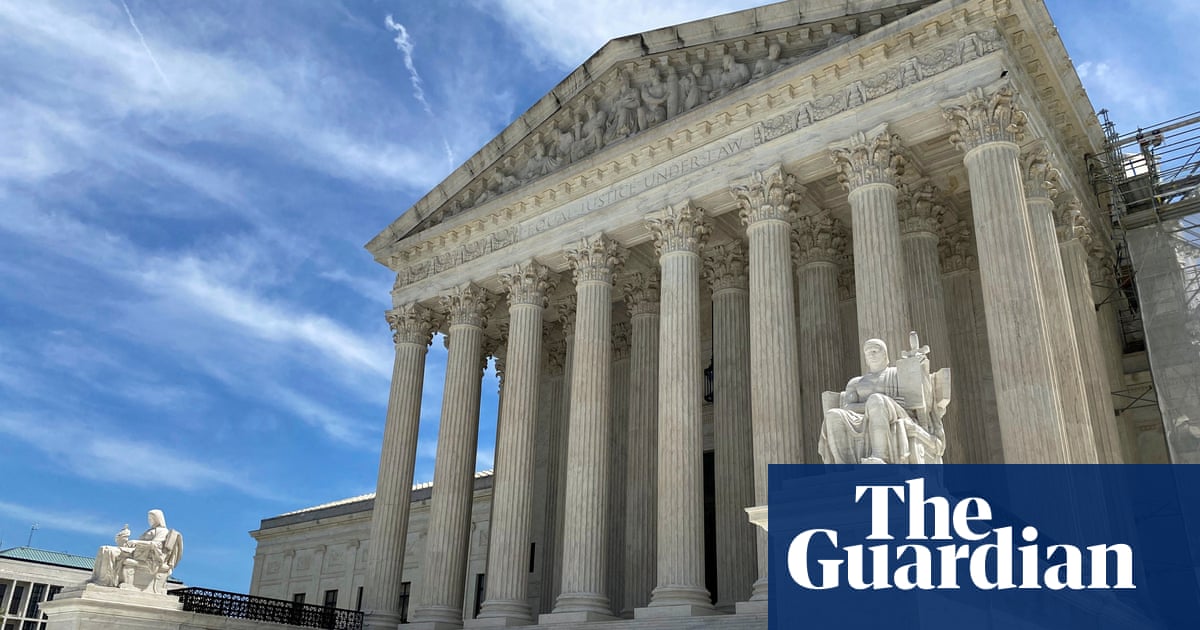What was expected to be one of the strongest storms in the north-west US in decades arrived on Tuesday evening, knocking out power and downing trees across the region.
The Weather Prediction Center issued excessive rainfall risks beginning on Tuesday and lasting through Friday as the strongest atmospheric river – a large plume of moisture – that California and the Pacific north-west has seen this season bears down on the region. The storm system is considered a “ bomb cyclone”, which occurs when a cyclone intensifies rapidly.
What is an atmospheric river? And other weather terms explained
ShowWhat is an atmospheric river? And other weather terms explained
Here's a short breakdown of the different kinds of storms that have lashed the west coast of North America this winter.
Atmospheric river
The National Oceanic and Atmospheric Administration refers to these as “rivers in the sky” for good reason. Characterized by long streams of moisture in the atmosphere, the average atmospheric river carries an amount of water vapor that rivals the flow at the mouth of the mighty Mississippi River – and strong ones can hold up to 15 times that amount. That moisture is released as rain or snow when ARs make landfall and typically are accompanied by strong, gusty winds adding to their destructive tendencies.
Pineapple express
These particularly strong atmospheric rivers are named for their origin. Pulling moisture from the Pacific around Hawaii, Pineapple Express storms have been known to unleash torrents of precipitation when they reach the west coast of the US and Canada – and have dumped roughly 5in of rain on California in a single day, according to the National Ocean Service.
Bomb cyclone
These low-pressure storm systems help create atmospheric rivers, pushing them from the Pacific to the coast. Unlike hurricanes or other storms where the center is the strongest, bomb cyclones can generate the worst weather at their edges.
El Niño
This is a climate pattern characterized by unusually warm surface ocean temperatures in the tropical Pacific. Along with its counterpart La Niña – which, in turn, refers to a period of colder-than-average sea surface temperatures – these patterns can impact weather around the world. While the weather doesn’t always align, El Niño is associated with warmer temperatures, and generally delivers drier conditions in the northern US and Canada, and wetter ones – bringing increased flood risks – through the south.
– Gabrielle Canon, US climate and extreme weather correspondent
The areas that could see particularly severe rainfall will likely reach from the south of Portland, Oregon, to the north of the San Francisco area, said Richard Bann, a meteorologist with the National Weather Service Weather prediction center.
“Be aware of the risk of flash flooding at lower elevations and winter storms at higher elevations. This is going to be an impactful event,” he said.
Hurricane-force winds, which are gusts above 75mph (121kph), could be felt along the Oregon coast, according to the National Weather Service in Medford, Oregon. And near Seattle, conditions for a “mountain wave” were shaping up, bringing large, low-elevation wind gusts that could cause widespread power outages and downed trees, said Larry O’Neill, director of the Oregon Climate Service and Oregon State University associate professor.
“This will be pretty strong in terms of the last 10 or 20 years,” he said. “We’ve only seen a couple storms that have really been this strong.”
About 94,000 customers were without power in western Washington as strong winds ramped up and snow fell in the Cascade Mountain passes on Tuesday evening. More than 12,000 customers had lost power in Oregon, according to poweroutage.us.
The National Weather Service in Seattle said a peak wind speed of 68mph (109kph) was recorded at Crystal Mountain near Mount Rainier. A wind speed of 53mph (82kph) was also recorded at Ediz Hook, a three-mile-long (4.8-km) sand spit north-west of Seattle that extends from the northern shore of the Olympic peninsula at Port Angeles into the strait of Juan de Fuca. Winds were expected to increase in western Washington throughout the evening, the weather service said.
In northern California, flood and high wind watches were in effect, with up to 8in (20cm) of rain predicted for parts of the San Francisco Bay Area, North Coast and Sacramento Valley.
A winter storm watch was issued for the northern Sierra Nevada above 3,500ft (1,066 meters), where 15in (28cm) of snow was possible over two days. Wind gusts could top 75mph (120kph) in mountain areas, forecasters said.
“Numerous flash floods, hazardous travel, power outages and tree damage can be expected as the storm reaches max intensity” on Wednesday, the Weather Prediction Center warned.
In northern California’s Yolo county, crews spent Monday clearing culverts, sewers and drainage ditches to avoid clogs that could lead to street flooding. Mesena Pimentel said she hoped the efforts would prevent a repeat of floods last February that inundated her property near Woodland.
“We had about 10in of water in our garage, had a couple gophers swimming around,” Pimentel told KCRA-TV. Woodland city officials set up two locations where residents could pick up free sandbags. Authorities urged people to stock up on food and charge phones and electronics in case power goes out and roads become unpassable.
In south-western Oregon near the coast, 4 to 7in (10 to 18cm) of rain was predicted – with as much as 10in (25cm) possible in some areas – through late Thursday night and early Friday morning, Bann said. The National Weather Service issued a flood watch for parts of south-western Oregon through Friday evening.
after newsletter promotion
A high-wind warning was issued for the north and central Oregon coast beginning at 4pm on Tuesday with south winds from 25mph (40kph) to 40mph (64kph), with gusts to 60mph (97kph) expected, according to the weather service in Portland. Gusts up to 70mph (113kph) on beaches and headlands were forecast. Widespread power outages were expected with winds capable of bringing down trees and power lines, the weather service said. Travel was also expected to be difficult.
Washington could also see strong rainfall, but likely not as bad as Oregon and California. From Monday evening through Tuesday, some of its coastal ranges could get as much as 1.5in (3.8cm) of rain, Bann said.
The weather service warned of high winds from Tuesday afternoon until early Wednesday for coastal parts of Pacific county, in south-west Washington. With gusts potentially topping 35mph (46kph), trees and power lines are at risk of being knocked down, the Pacific county emergency management agency warned.
A blizzard warning was issued for the majority of the Cascades in Washington, including Mount Rainier national park, starting Tuesday afternoon, with up to a foot of snow and wind gusts up to 60mph (97kph), according to the weather service in Seattle. Travel across passes could be difficult if not impossible.
Transportation officials in Washington told ferry riders to expect bumpy rides on Tuesday. Service on at least one route was temporarily halted by the afternoon because of stormy weather, Washington State Ferries said in social media posts.
Officials also urged motorists to consider delaying travel around the state until Wednesday because of high winds and heavy snow expected in the mountains.
“It will only be a winter wonderland in the sense that you’ll be wondering where the heck you are on any given patch of land,” the Washington state department of transportation said on social media.

 3 months ago
48
3 months ago
48













































